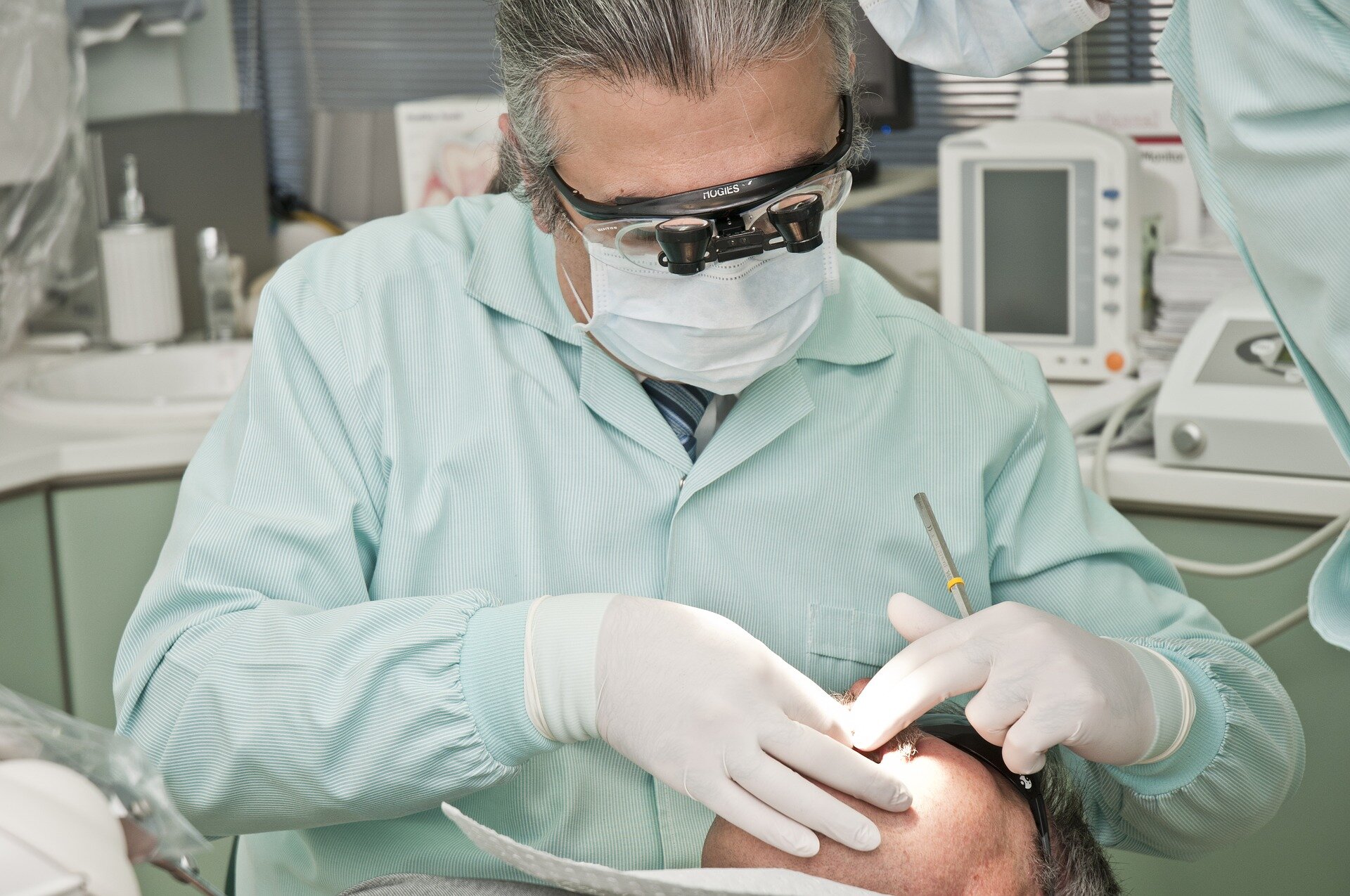
In the wake of Donald Trump’s presidential election win, Robert F. Kennedy Jr., the former presidential candidate and Trump ally, said the new Trump administration will make removing fluoride from public water in the U.S. a day one priority.
Trump has said Kennedy, who has frequently pushed theories, including around vaccines and 9/11, is poised to take on a key role in the administration’s approach to public health. Kennedy claims fluoride is connected to arthritis, bone fractures, cancer and IQ loss, among other illnesses, but are these ideas founded in fact?
Fluoride is a mineral that, according to groups like the American Dental Association, the American Academy of Pediatrics and the Centers for Disease Control and Prevention, is vital for dental health. It repairs and prevents the damage caused by the bacteria that produces acid whenever a person eats or drinks, according to the CDC. Fluoride replaces the minerals broken down by those acids, strengthening our teeth and reducing cavities.
The U.S. has been adding fluoride to water since 1950, when the federal government endorsed the practice as a way of preventing tooth decay and cavities. Neil Maniar, director of Northeastern University’s Master of Public Health program and professor of practice in public health, says fluoridation of water was “one of the greatest public health achievements of the 20th century.” Maniar says the introduction of fluoride into drinking water has reduced cavities by 25%.
It’s why groups like the American Dental Association, the American Academy of Pediatrics and the Centers for Disease Control and Prevention still support water fluoridation, which is not mandated by the federal government.
However, Kennedy’s concerns are not entirely unfounded, even if they are misguided and misdirected, says Phil Brown, university distinguished professor of sociology and health sciences at Northeastern and director of the Social Science Environmental Health Research Institute.
For many Americans, fluoride now comes from a variety of different sources, not just our water. It’s in toothpaste, mouthwash, some food and beverages and the care received by a dentist, although the primary source remains drinking water.
“What’s happening is that there’s a lot more other places where people are getting fluoride –– in food products, in beverages –– and they add up to a higher level of fluoride than what is good,” Brown says.
With more sources of fluoride, comes an increased risk of fluorosis, a tooth condition that, in its most common form, darkens or discolors the teeth. If left untreated, it can damage the enamel and make teeth “more prone to decay,” Brown says.
In 2015, federal officials lowered the recommended amount of fluoride in drinking water in response to fluorosis becoming more common, especially among children. The CDC notes that most fluorosis in the U.S. is mild in nature.
Kennedy has also echoed statements from a government report that found “with moderate confidence” a connection between significantly higher levels of fluoride and neurological development. U.S. District Judge Edward Chen later cited the study when ordering the EPA to lower the risk of neurological impacts. However, Chen noted that it remains unclear whether the typical amount of fluoride added to water has the same effect.
The AAP’s Campaign for Dental Health states on its website that “there is no scientifically valid evidence” to support Kennedy’s other claims that fluoride causes cancer and kidney disease.
Brown observes that Kennedy has misdiagnosed the problem. Fluoride, in excess, can come with some health risks, but removing it entirely from public drinking water would cause more harm than good, he says.
“All medical treatments have some adverse effects for a small number of people. We’ve always known that,” Brown says. “The overall benefits are so great to so many more people that we accept them.”
Maniar says the newly discovered links between oral health and other health outcomes––chronic diseases and cancer that come later in life as well as Alzheimer’s and dementia –– are vital.
“It is really important that we do everything that we can to increase rates of good oral health in this country and fluoridation is a key part of that,” Maniar says.
In a country where not everyone has access to the same level of health and dental care, maintaining fluoride in drinking water is essential to ensure everyone has some level of dental protection.
“What they’re also talking about is reducing the services that are available to underserved communities,” Maniar says. “Communities that are already at risk are going to be put at greater risk, and we’re going to see widening disparities.”
Rather than wielding a hammer, Brown recommends using a scalpel. Instead of eliminating fluoride from drinking water entirely, Brown says there needs to be more monitoring of fluoride levels nationwide. It would ensure people with less care receive the benefits of fluoride while providing information that could help address cases where fluoride levels are too high.
“There is no national program to monitor fluoride in public water systems, so we don’t know,” Brown says. “Fluoride can get in there from other sources, not just added fluoride. In that case, we don’t know, so there could be locations where the town of X or the city of Y has much higher fluoride in the drinking water than is recommended.”
That’s the case for monitoring chemicals across the board, says Brown, who specializes in studying PFAS, also known as forever chemicals.
“The picture is really much larger than fluoride,” Brown says.
This story is republished courtesy of Northeastern Global News news.northeastern.edu.
Citation:
Eliminating fluoride in water would create health problems beyond oral health, experts say (2024, November 11)
retrieved 11 November 2024
from https://medicalxpress.com/news/2024-11-fluoride-health-problems-oral-experts.html
This document is subject to copyright. Apart from any fair dealing for the purpose of private study or research, no
part may be reproduced without the written permission. The content is provided for information purposes only.




